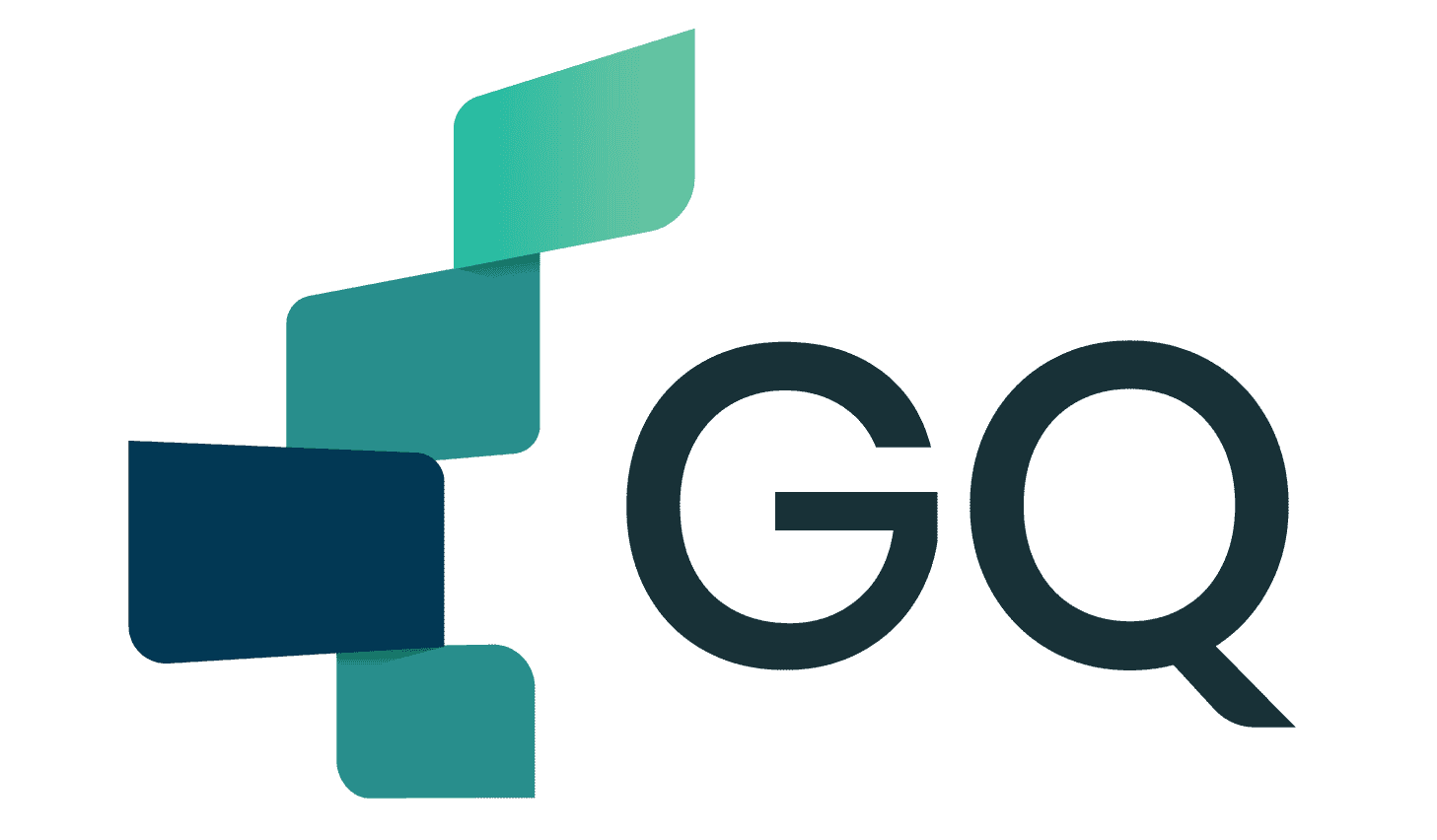
- What Is the Theory of Constraints?
- The Five Steps of the Theory of Constraints
- The Goal of Theory of Constraint
What Is the Theory of Constraints?
The theory of constraints (TOC) is an organizational change method usually applied to running and improving an organization. The main concept of TOC is that every organization must have at least one constraint. A constraint is any limiting factor that stands in the way of achieving a goal. In manufacturing process is constraint usually a bottleneck.
However, many non manufacturing constraints exist, such as market demand, or a sales department’s ability to translate market demand into orders. TOC is used to logically and systematically answer three questions needed for any process of ongoing improvement:
- What to change?
- To what to change?
- How to cause the change?
The Five Steps of the Theory of Constraints
1. Identify the System Constraint
Identify the currently existing limiting factor/constraint (the single part of the process that limits the rate at which the goal is achieved).
2. Decide How to Exploit the Constraint
Make quick improvements to the throughput of the constraint using existing resources (i.e. make the most of what you have).
3. Subordinate Everything Else
Review all other factors in the process to make sure that they are working right and supporting the necessities of the constraint. The non constraint components of the system must be adjusted to a “setting” that will enable the constraint to operate at maximum effectiveness.
4. Elevate the Constraint
If the constraint has not moved from process, consider what further actions can be taken to become it non-constraint. Normally, actions are continued at this step until the constraint has been “broken” (until it has moved somewhere else). In some cases, capital investment may be required.
5. Return to Step One, But Beware of “Inertia”
This is a continuous improvement cycle. Therefore, once a constraint is resolved the next constraint should immediately be identified This step is a reminder to never stop with improving and work on resolving of other constraints.
Download our e-book
Download our free e-book to discover how GQ Interim can transform your business with expert leadership solutions!
The Goal of Theory of Constraint
TOC expectes the goal is to make (more) money. The following measures are the only way to increase profit through TOC:
Throughput
The rate at which the entire organization generates money through sales for a product or service. Throughput represents all the money coming into an organization.
Inventory
All the money the organization invests in things it intends to sell. Inventory represents all the money tied-up inside an organization. Official definition includes facilities, equipment, obsolete items, as well as raw material, work in process, and finished goods.
Operating Expense
Operating expense is all the money an organization uses to change the inventory into throughput. It represents the money going-out of the organization. Examples include direct labour, utilities, consumable supplies, and depreciation of assets.
Conclusion
By concentrating resources on the true constraint, TOC delivers faster, measurable gains than broad, unfocused efforts. Exploiting and subordinating around the bottleneck aligns the whole system, elevating capacity where it matters most and boosting throughput while controlling inventory and operating expense. As each constraint is broken, a new one emerges—making TOC a continuous improvement cycle that keeps organizations agile, profit-oriented, and laser‑focused on what most limits their goals.
Interested in Interim Expert?
Discover how interim management can dramatically increase the efficiency of your business. Get in touch with our team to learn how working with GQ Interim will improve your company.
- Get started within few days
- Database of 10 000+ consultants
- Solving crucial problems of your business
- Custom solutions for your business needs
- Proven results with measurable impact
Related articles

- A balanced scorecard example demonstrates how organizations can measure more than just financial performance. Developed by Robert Kaplan and David Norton, the balanced scorecard tracks goals across finance, customers, internal processes, and learning & growth. By aligning these perspectives, it ensures that daily operations support long-term strategy and sustainable growth.

- The Theory of Constraints (TOC) is a structured approach to improving organizational performance by focusing on the single most limiting factor—the constraint. Whether it’s a production bottleneck, market demand, or a sales conversion gap, TOC answers three core questions—what to change, to what to change, and how to cause the change—and drives continuous improvement through five disciplined steps: identify, exploit, subordinate, elevate, and repeat.

- Software quality assurance ensures that software consistently meets stakeholder needs by preventing defects and validating that products align with defined quality attributes (e.g., reliability, security, performance). Blending defect management practices with standards-based quality models like ISO/IEC 25010 helps teams plan, measure, and continuously improve quality throughout the lifecycle.

- During our jobs we meet very often with many symbols and shortcuts or abbreviations e.g. FMEA, PPAP, CC, SC etc. When I did my first internal audit at work I had to also check the implementation of CE marking. Previously I have done the research what is this CE marking to not be absolutely lost in this area. So what is it and how is itused?
